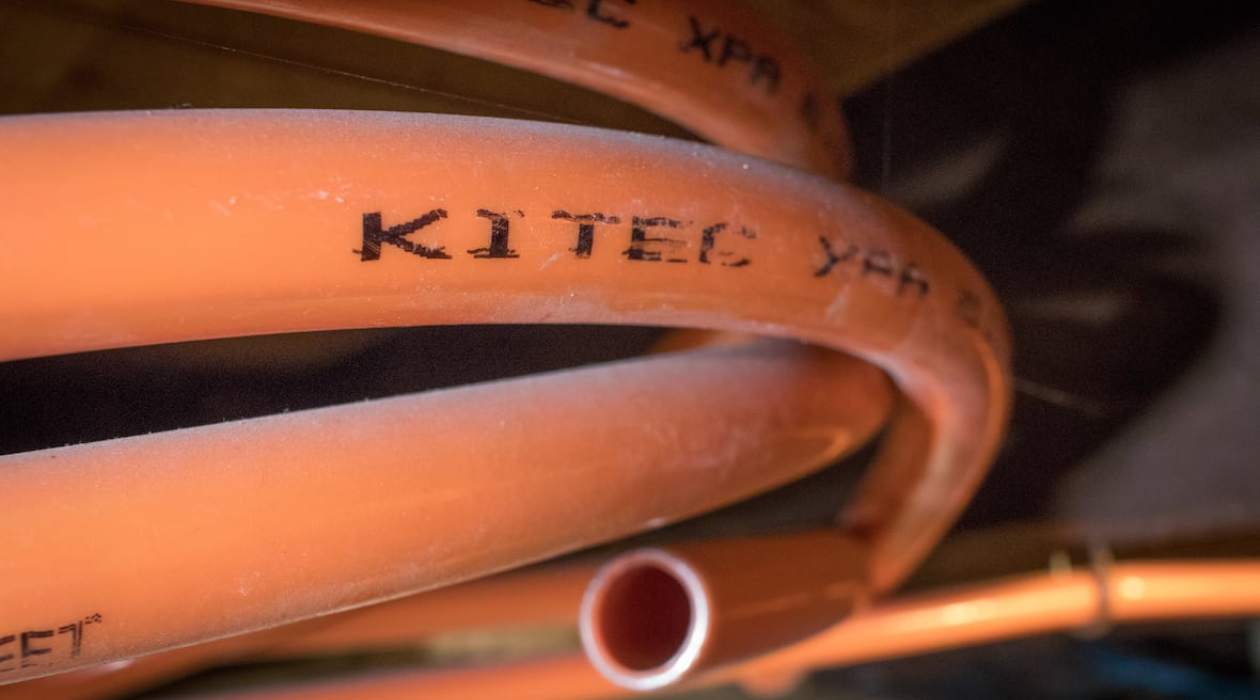

Articles
What Is Kitec Plumbing
Modified: December 7, 2023
Learn all about kitec plumbing in this informative article, including its risks, signs of failure, and how to replace it. Stay informed and protect your home!
(Many of the links in this article redirect to a specific reviewed product. Your purchase of these products through affiliate links helps to generate commission for Storables.com, at no extra cost. Learn more)
Introduction
Plumbing plays a crucial role in the functioning of any building, whether it’s a residential property or a commercial space. Over the years, numerous advancements have been made in plumbing technology to improve efficiency, durability, and cost-effectiveness. One such innovation is Kitec plumbing.
Kitec plumbing is a type of plumbing system that gained popularity in the early 2000s for its ease of installation and resistance to corrosion. However, it soon faced significant issues and became a cause for concern among homeowners, plumbers, and real estate professionals. In this article, we will dive into the world of Kitec plumbing, exploring its definition, history, components, common problems, and replacement options.
Understanding the intricacies of Kitec plumbing is essential for both homeowners and professionals in the real estate industry. Whether you are buying a new home or dealing with an existing property that has Kitec plumbing, knowledge about its advantages, pitfalls, and replacement options will help you make informed decisions.
Join us as we explore the world of Kitec plumbing, unraveling its mysteries and shedding light on the challenges it presents. By the end of this article, you will have a clear understanding of what Kitec plumbing is and what steps you can take if you encounter any issues with it.
Key Takeaways:
- Kitec plumbing, once popular for its ease of installation, has faced significant issues such as corrosion and leaks. Homeowners should consider complete replacement for long-term reliability and peace of mind.
- Regular monitoring and maintenance can help prolong the lifespan of Kitec plumbing, but it’s crucial to be aware of potential risks. Understanding replacement options and class-action settlements is essential for informed decision-making.
Read more: What Is Plumbing?
Definition of Kitec Plumbing
Kitec plumbing refers to a specific type of plumbing system that was popularly used in residential and commercial properties from the late 1990s to the early 2000s. It is important to note that Kitec is not a material, but rather a brand name for a plumbing system that consists of both pipes and fittings.
The Kitec plumbing system typically consists of flexible aluminum pipes with an inner layer of polyethylene (PEX) tubing, which is surrounded by an outer layer of aluminum. The pipes are commonly color-coded, with blue indicating cold water lines and red indicating hot water lines. The fittings used in Kitec plumbing are made of brass or plastic and are designed to connect the pipes and facilitate the flow of water.
One of the main benefits of Kitec plumbing is its ease of installation. The flexible nature of the pipes allows for quick and efficient installation, saving both time and money. Additionally, the aluminum layer provides strength and durability to the plumbing system, making it resistant to cracks and leaks.
However, despite its initial popularity, Kitec plumbing has become a cause for concern in recent years. This is primarily due to the discovery of potential issues and failures associated with the system. These issues have led to significant risks such as leaks, pipe bursts, and water damage, which can result in costly repairs and potential health hazards.
It is important to have a clear understanding of the advantages and potential problems associated with Kitec plumbing before considering its installation or dealing with an existing system. By being aware of the definitions and characteristics of Kitec plumbing, homeowners can make informed decisions regarding the maintenance, repair, or replacement of their plumbing systems.
History and Development of Kitec Plumbing
The history of Kitec plumbing dates back to the late 1990s when it was first introduced as an innovative alternative to traditional plumbing materials such as copper and PVC. The brand name “Kitec” was coined by an industry leader called IPEX, which developed and manufactured the plumbing system.
Kitec plumbing gained popularity for its ease of installation, cost-effectiveness, and resistance to corrosion. It quickly became a preferred choice for many residential and commercial properties, especially in North America. The flexibility of the pipes allowed for efficient installation in various configurations, including new construction and renovations.
During the early stages of its development, Kitec plumbing was deemed a reliable and durable plumbing system. However, concerns began to arise in the early 2000s when reports started surfacing about potential issues with the pipes and fittings. It was discovered that the brass fittings used in the Kitec system were prone to premature corrosion, which could lead to leaks, pipe bursts, and water damage.
The corrosion of the brass fittings is primarily attributed to a reaction known as dezincification, where the zinc component of the brass corrodes and weakens the structural integrity of the fittings. Over time, this corrosion can cause the fittings to fail, resulting in potential plumbing emergencies and costly repairs.
As awareness about the potential problems with Kitec plumbing grew, lawsuits were filed against the manufacturer, IPEX, and other parties involved in the production and installation of the system. Subsequently, a class-action settlement was reached in 2011 to compensate homeowners for damages and provide funds for the repair or replacement of Kitec plumbing systems.
Today, Kitec plumbing is no longer manufactured, and building codes have been updated to discourage its use. Homeowners and real estate professionals are advised to have their properties inspected for Kitec plumbing, especially if they were built or renovated during the period when Kitec plumbing was prevalent.
While Kitec plumbing had its advantages in terms of ease of installation and cost-effectiveness, its history highlights the importance of considering the long-term reliability and performance of plumbing systems. It serves as a reminder to homeowners and professionals in the industry to stay vigilant and informed about potential issues that may arise with any plumbing materials and to take the necessary steps to address them promptly.
Components and Installation Process of Kitec Plumbing
Kitec plumbing consists of several components that work together to create a functional water distribution system. Understanding these components and the installation process is crucial for homeowners and professionals dealing with Kitec plumbing.
The main components of Kitec plumbing include:
- Pipes: Kitec plumbing pipes are made of a combination of layers. The inner layer is typically made of cross-linked polyethylene (PEX) tubing, which is known for its flexibility and durability. The PEX tubing is surrounded by an outer layer of aluminum, providing strength and stability to the pipes. The pipes are color-coded, with blue indicating cold water lines and red indicating hot water lines.
- Fittings: The fittings used in Kitec plumbing are crucial for connecting the pipes and creating a watertight seal. These fittings can be made of brass or plastic, and they come in various shapes and sizes to accommodate different plumbing configurations. However, it is the brass fittings that have been found to be susceptible to corrosion in many cases.
- Valves: Valves are essential components that control the flow of water in the Kitec plumbing system. They are typically installed at strategic points to enable homeowners to shut off the water supply to specific areas or fixtures, such as sinks or toilets, for maintenance or repair purposes.
- Hangers and Supports: To ensure proper support and stability of the Kitec plumbing system, hangers and supports are used during the installation process. These help secure the pipes in place, preventing them from sagging, vibrating, or experiencing undue stress.
The installation process of Kitec plumbing involves the following steps:
- Planning and Design: Before the installation begins, a thorough plumbing plan should be developed, considering the placement of fixtures, routes of pipes, and the location of shut-off valves. It is essential to ensure proper sizing and spacing of pipes to meet the water demands of the property.
- Cutting and Fitting: The Kitec plumbing pipes are cut to the desired length and connected using brass or plastic fittings. Care should be taken to ensure a secure and tight fit to prevent leaks.
- Connecting Fixtures: Pipes are connected to fixtures such as showers, faucets, toilets, and other plumbing appliances. Valves are installed to control the water flow to these fixtures.
- Pressure Testing: Once the installation is complete, pressure testing is done to check for any leaks or weak points in the system. This involves pressurizing the pipes to the recommended levels and monitoring for any drop in pressure.
- Inspection: A final inspection by a qualified professional is crucial to ensure that the Kitec plumbing system is installed correctly and meets the required standards and codes.
It is essential to note that due to the potential issues associated with Kitec plumbing, homeowners and professionals should consult with licensed plumbers or experts who have experience in dealing with replacements or repairs in order to ensure the safety and reliability of the plumbing system.
Kitec plumbing is a type of piping used in residential plumbing systems from the late 1990s to early 2000s. It is known for its potential to corrode and fail, leading to leaks and water damage. If you have Kitec plumbing in your home, consider having it inspected and replaced by a professional plumber to avoid potential issues.
Common Issues and Problems with Kitec Plumbing
Kitec plumbing, despite its initial popularity, has been associated with several common issues and problems that homeowners and professionals should be aware of. These problems can arise due to various factors, including the materials used, installation practices, and the passage of time. Here are some of the most common issues encountered with Kitec plumbing:
- Corrosion of Brass Fittings: One of the most significant concerns with Kitec plumbing is the corrosion of the brass fittings. The presence of dezincification, a process that causes the zinc component of the brass to corrode, weakens the fittings over time. This can eventually lead to leaks, pipe bursts, and water damage. Homeowners may notice discolored water, reduced water pressure, or visible signs of corrosion around the fittings as warning signs of this problem.
- Leaks and Pipe Bursts: The corrosion of brass fittings in Kitec plumbing can result in leaks or even complete pipe bursts. These issues can lead to significant water damage, property damage, and potentially expensive repairs. It is crucial to address leaks promptly to prevent further damage and potential health hazards caused by mold or mildew growth.
- Reduced Water Flow: Over time, Kitec plumbing pipes may experience a reduction in water flow due to mineral deposits or internal corrosion. This can result in inadequate water pressure in fixtures or even a complete blockage in extreme cases.
- Deterioration of PEX Tubing: While the aluminum layer in Kitec plumbing pipes provides strength, the inner layer of PEX tubing may deteriorate over time due to exposure to high temperatures, water chemistry, or aggressive chemicals. This can result in cracks, leaks, and potential water damage.
- Insurance and Resale Issues: Properties with Kitec plumbing may face challenges with insurance coverage and resale value. Some insurance companies may deny coverage or charge higher premiums due to the potential risks associated with Kitec plumbing. Additionally, potential buyers may be hesitant or require the replacement of Kitec plumbing systems before purchasing a property.
If you suspect or have confirmed the presence of Kitec plumbing in your property, it is important to take appropriate action to mitigate these issues. Consulting with a licensed plumber or experienced professional is crucial to assess the extent of the problems and determine the best course of action, whether it be repair or replacement of the Kitec plumbing system.
It is also worth noting that various class-action settlements have been established regarding Kitec plumbing, and homeowners may be eligible for compensation or assistance with repair or replacement costs. Therefore, it is recommended to research the available options and consult with legal professionals to understand the rights and remedies available.
Read more: What Is A Plumbing Fixture
Replacement and Repair Options for Kitec Plumbing
If you have Kitec plumbing in your property and are facing issues or concerns, it is important to understand the available replacement and repair options. Here are some possible courses of action:
- Full Replacement: The most effective and long-term solution for addressing issues with Kitec plumbing is a complete replacement of the system. This involves removing all Kitec pipes, fittings, and components and replacing them with a different plumbing material, such as copper, PEX pipes, or CPVC pipes. Full replacement ensures the elimination of potential problems associated with Kitec plumbing and provides peace of mind for homeowners.
- Partial Replacement and Repair: In some cases, it may be possible to address specific issues or damaged sections of Kitec plumbing through partial replacement and repair. This usually involves identifying the areas with the most critical problems, such as corroded fittings or leaking pipes, and replacing them with new fittings and pipes. However, it’s important to note that this approach may not guarantee a long-term solution and may still leave other components of the system vulnerable to future issues.
- Monitoring and Maintenance: If you are not currently facing significant issues with your Kitec plumbing system, regular monitoring and maintenance can help prolong its lifespan. This includes conducting routine inspections, checking for signs of corrosion or leaks, and promptly addressing any minor issues before they escalate. However, it’s important to note that regular monitoring and maintenance will not fully eliminate the potential risks associated with Kitec plumbing, and a replacement may eventually be necessary.
When considering replacement or repair options for Kitec plumbing, it is crucial to work with licensed and experienced plumbers or professionals who have expertise in dealing with Kitec plumbing systems. They can assess the condition of your plumbing system, provide guidance on the best course of action, and ensure that the replacement or repair work is done according to industry standards and local codes.
Additionally, homeowners should be aware of the various class-action settlements related to Kitec plumbing. These settlements provide compensation and assistance to homeowners for repair or replacement costs. It is recommended to research the available options and consult with legal professionals to understand the eligibility requirements and potential benefits.
Ultimately, the decision to replace or repair Kitec plumbing depends on various factors, including the severity of the issues, budget considerations, and long-term goals. It is important to weigh the potential risks, costs, and benefits before making a decision that ensures the safety, reliability, and value of your property’s plumbing system.
Conclusion
Kitec plumbing, once a popular choice for its ease of installation and resistance to corrosion, has become a concern for homeowners and professionals alike. Issues such as the corrosion of brass fittings, leaks, reduced water flow, and insurance challenges have made it necessary to consider replacement or repair options for Kitec plumbing systems.
Understanding the history, components, and common problems associated with Kitec plumbing is crucial for homeowners and professionals in the real estate industry. While Kitec plumbing offered advantages in terms of cost-effectiveness and easy installation, the potential risks and liabilities associated with the system cannot be overlooked.
For those facing problems with Kitec plumbing, the best course of action is often complete replacement of the system. This ensures the elimination of potential issues and provides long-term reliability and peace of mind. Partial replacement and repair may be options in certain cases, but it’s essential to understand that these are often temporary solutions and may not fully address the underlying problems.
Regular monitoring and maintenance can help prolong the lifespan of Kitec plumbing systems, but it does not eliminate the potential risks entirely. Proper vigilance, routine inspections, and prompt resolution of any issues are necessary to mitigate problems as they arise.
It is also important for homeowners to research and understand the various class-action settlements related to Kitec plumbing. These settlements offer compensation and assistance for repair or replacement costs, easing the financial burden for those dealing with Kitec plumbing issues.
In conclusion, Kitec plumbing has had a complicated history that highlights the importance of considering the long-term reliability and performance of plumbing systems. By being aware of the advantages, pitfalls, and replacement options associated with Kitec plumbing, homeowners and professionals can make informed decisions to ensure the safety, reliability, and value of their properties.
Frequently Asked Questions about What Is Kitec Plumbing
Was this page helpful?
At Storables.com, we guarantee accurate and reliable information. Our content, validated by Expert Board Contributors, is crafted following stringent Editorial Policies. We're committed to providing you with well-researched, expert-backed insights for all your informational needs.
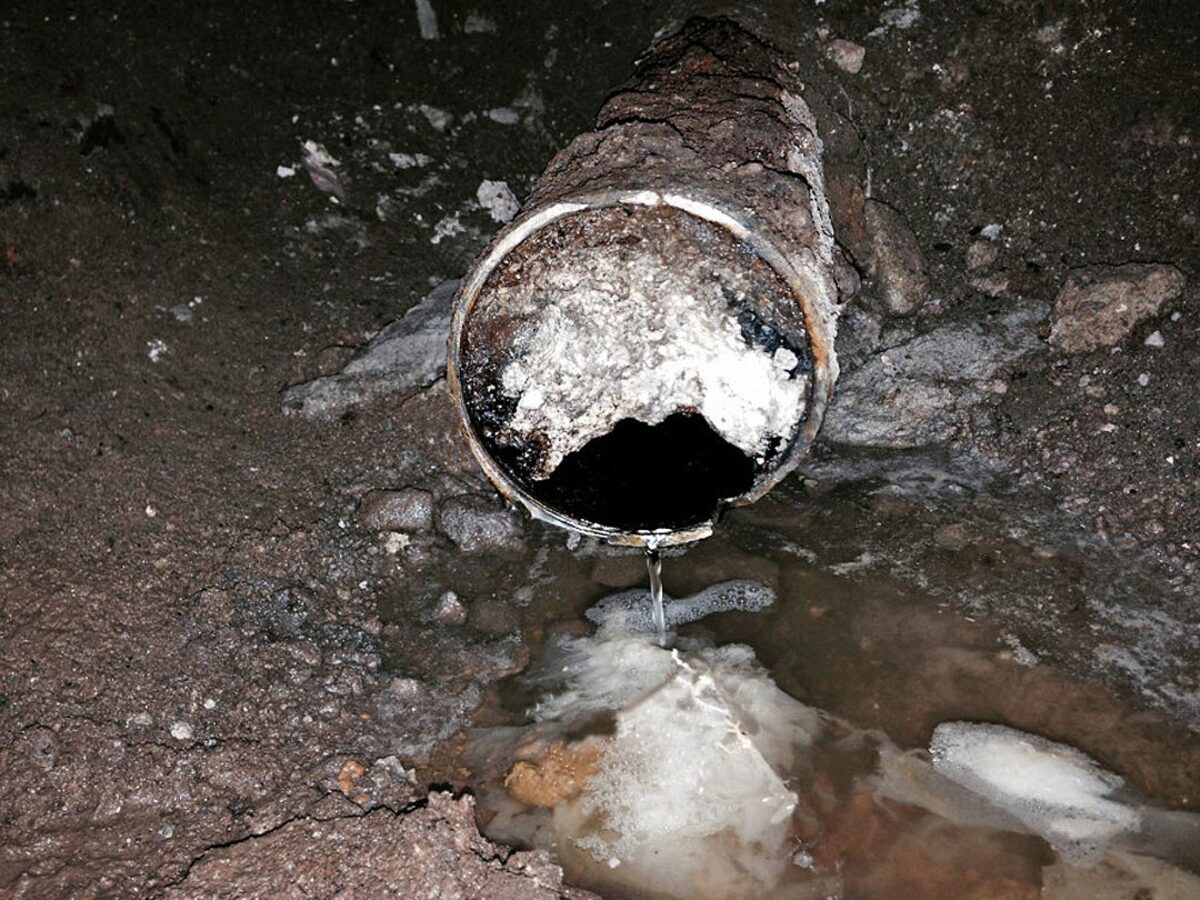
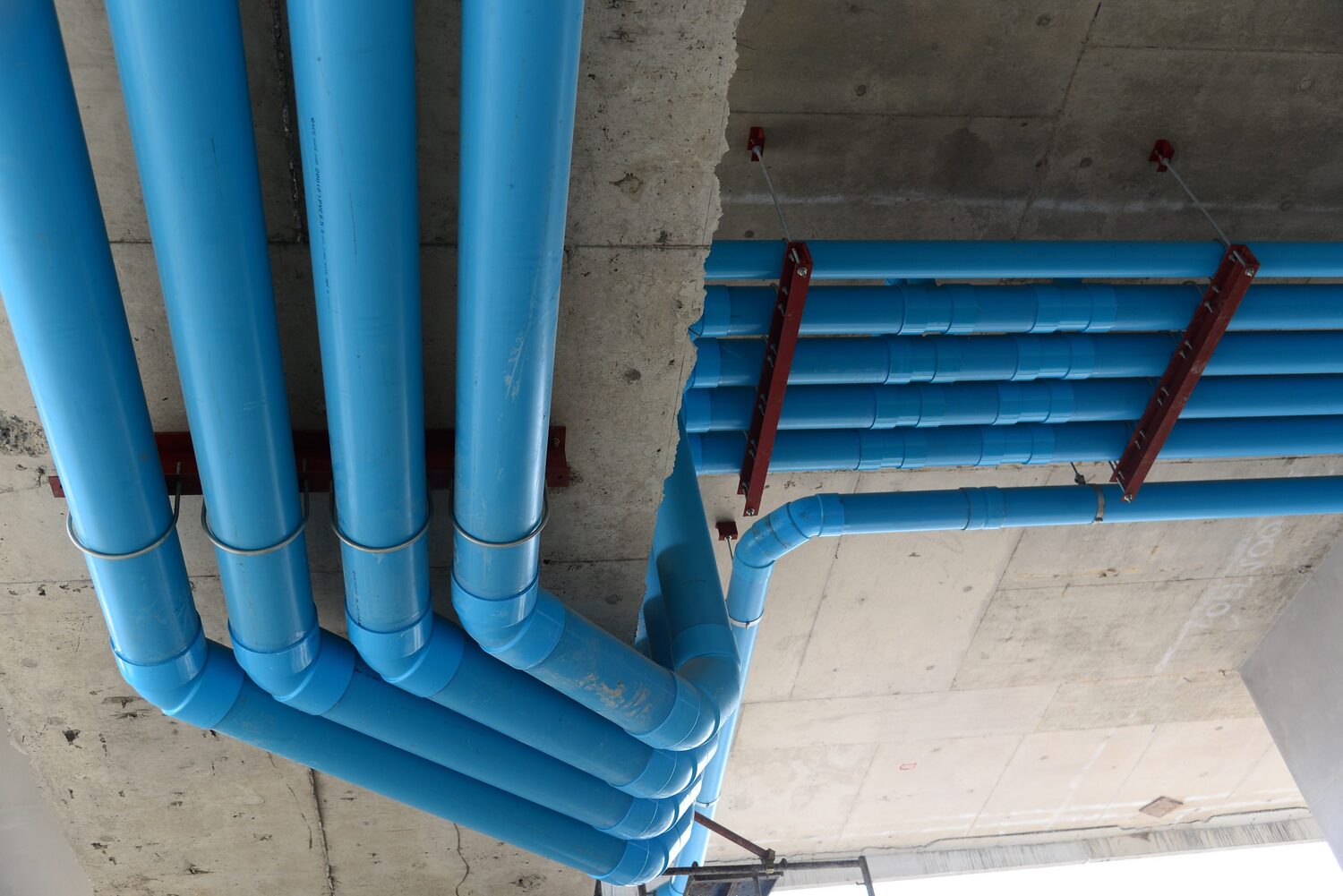
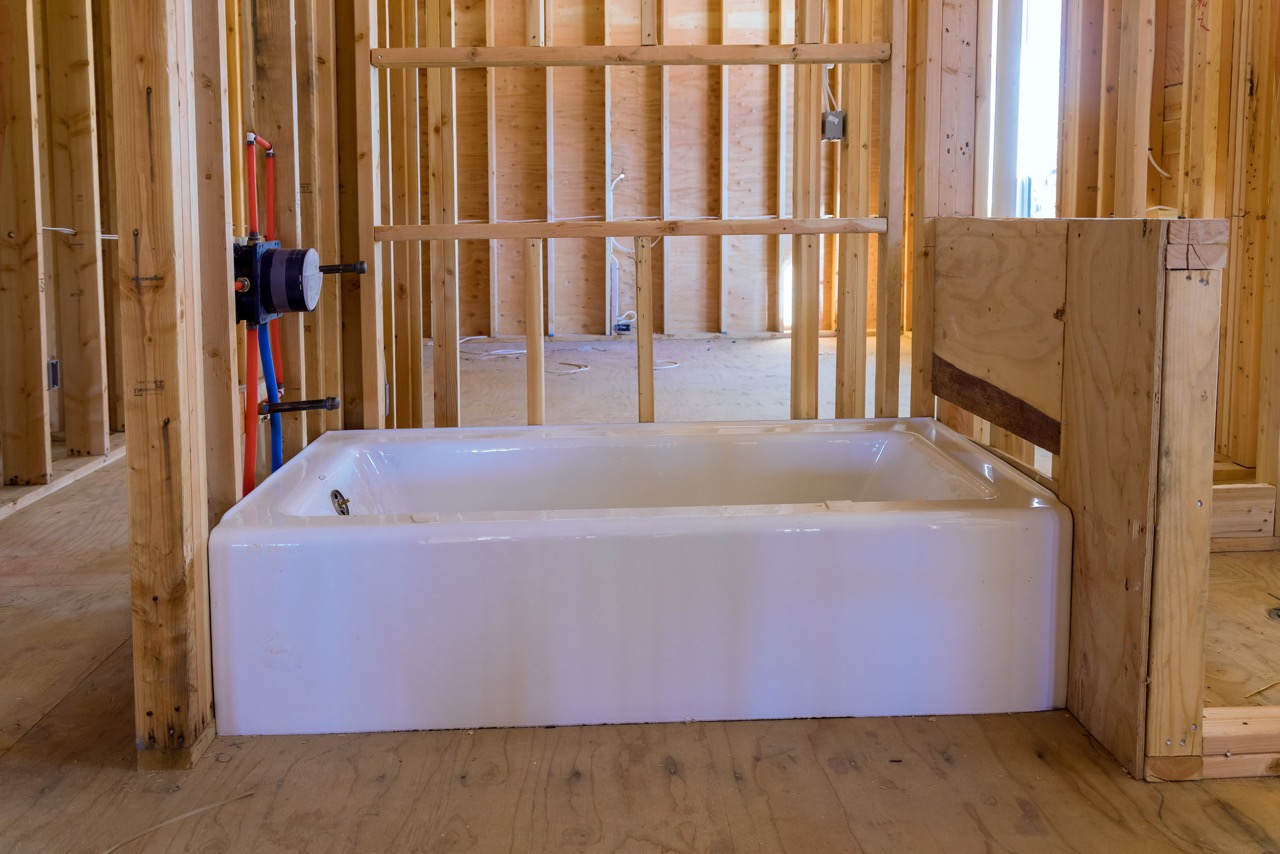
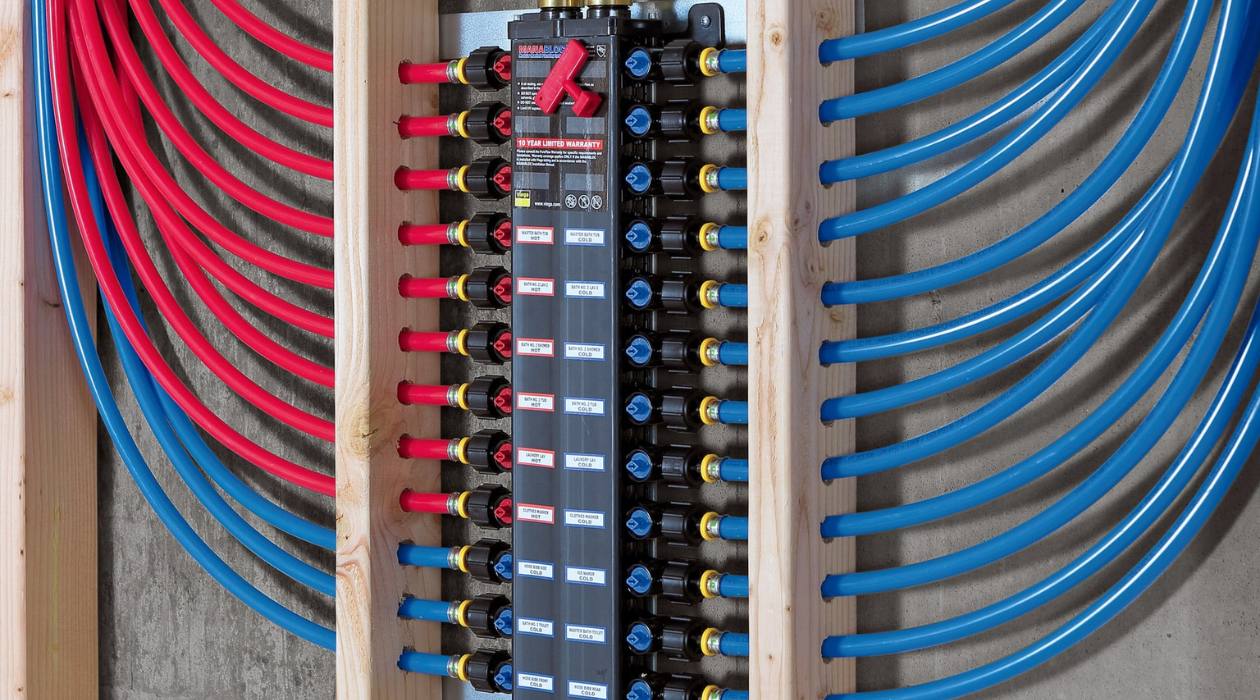
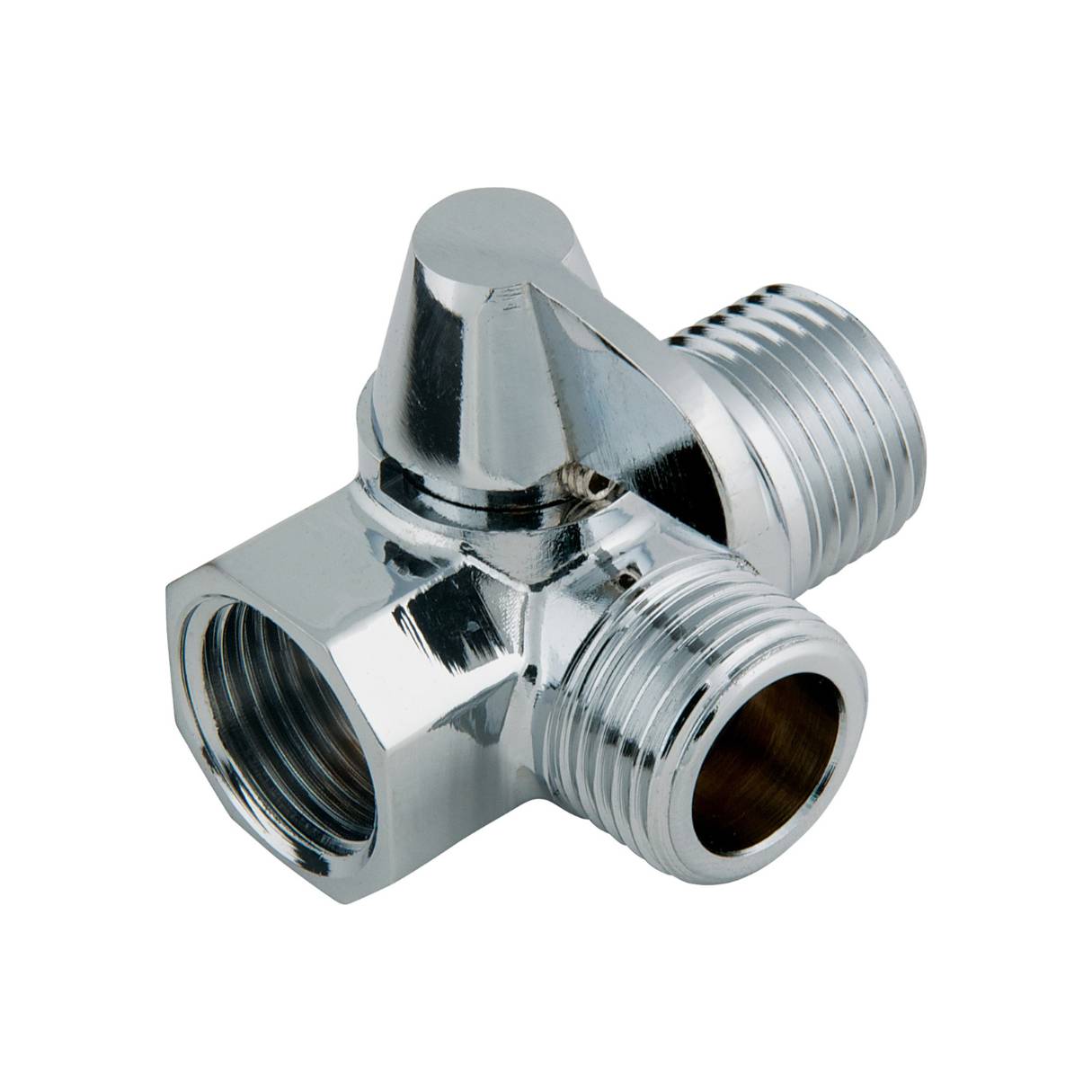
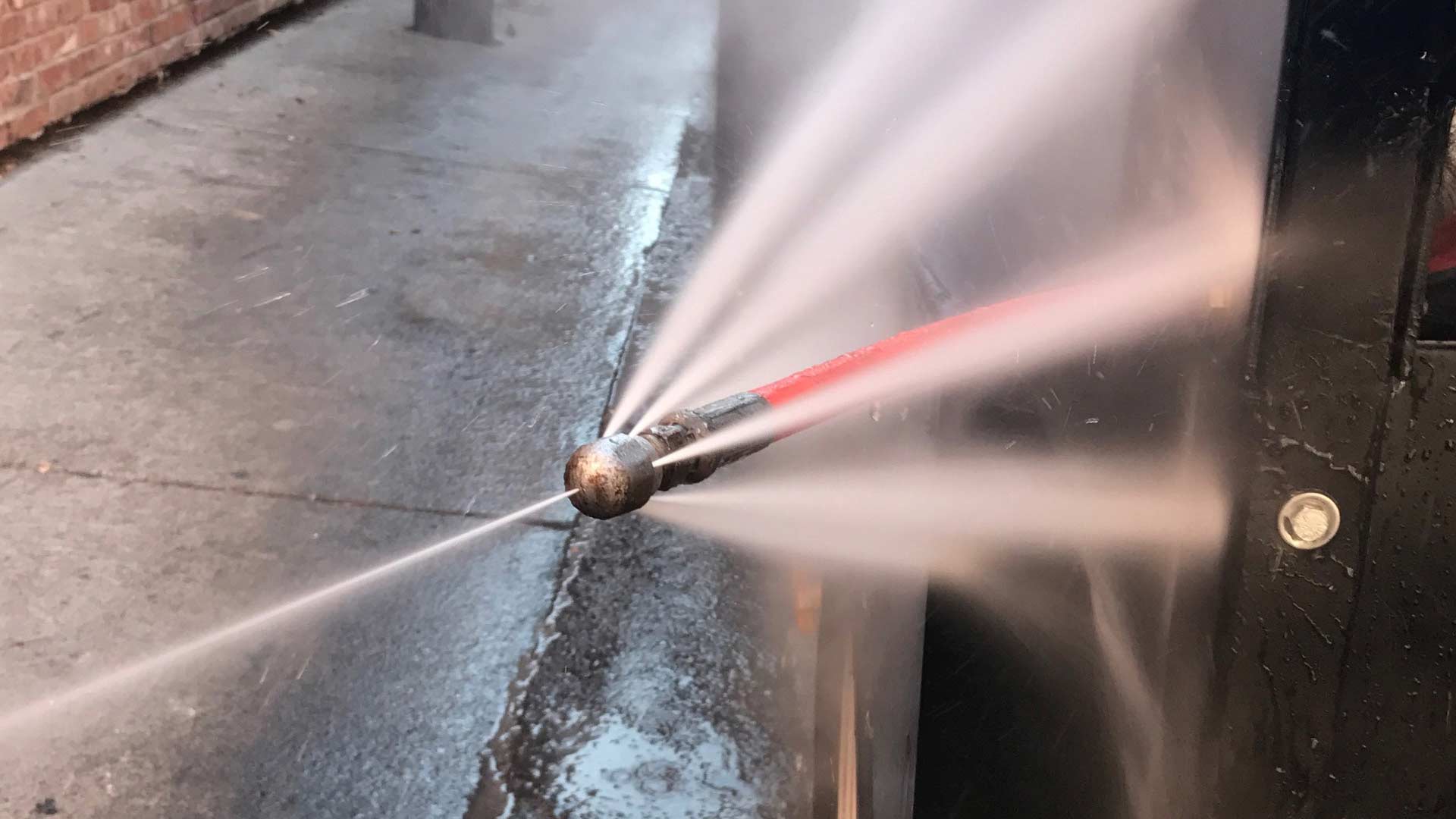
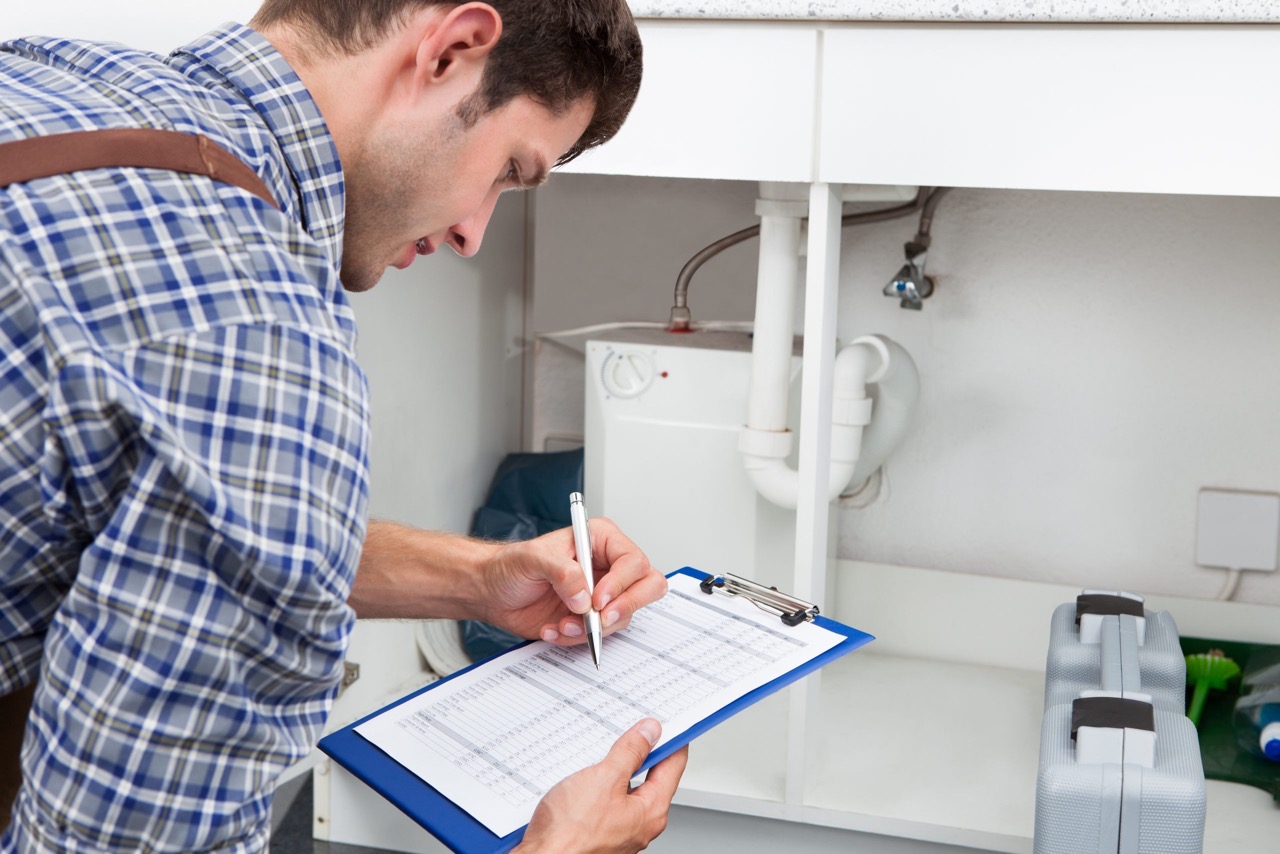
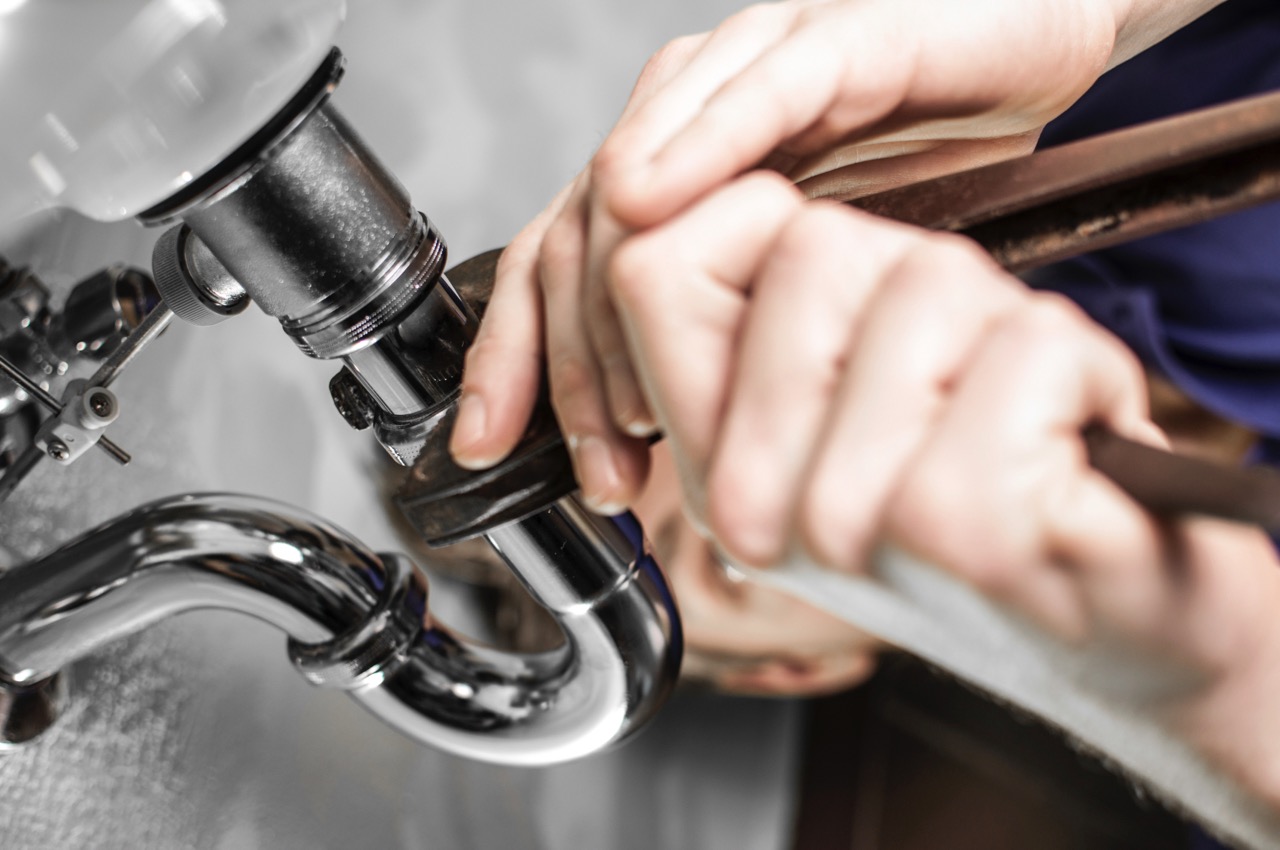
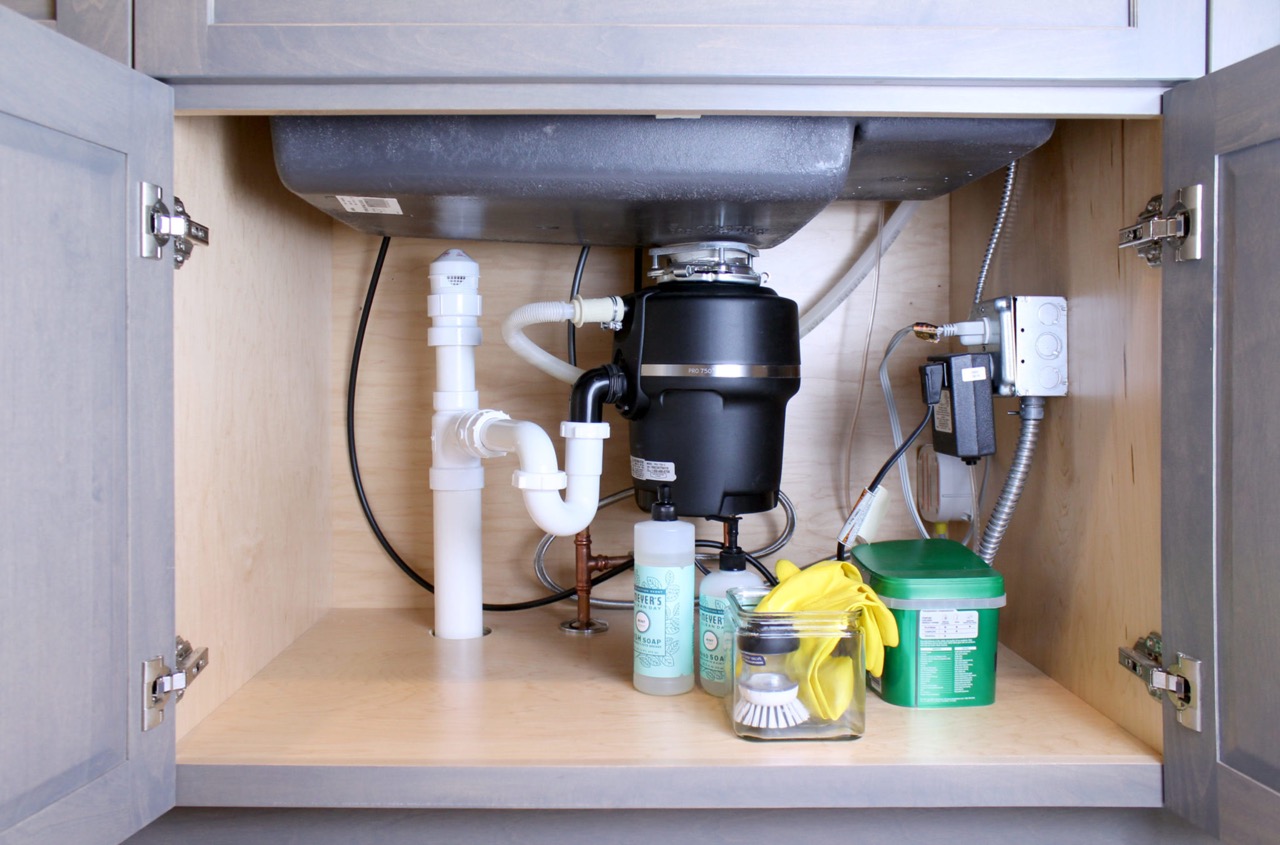
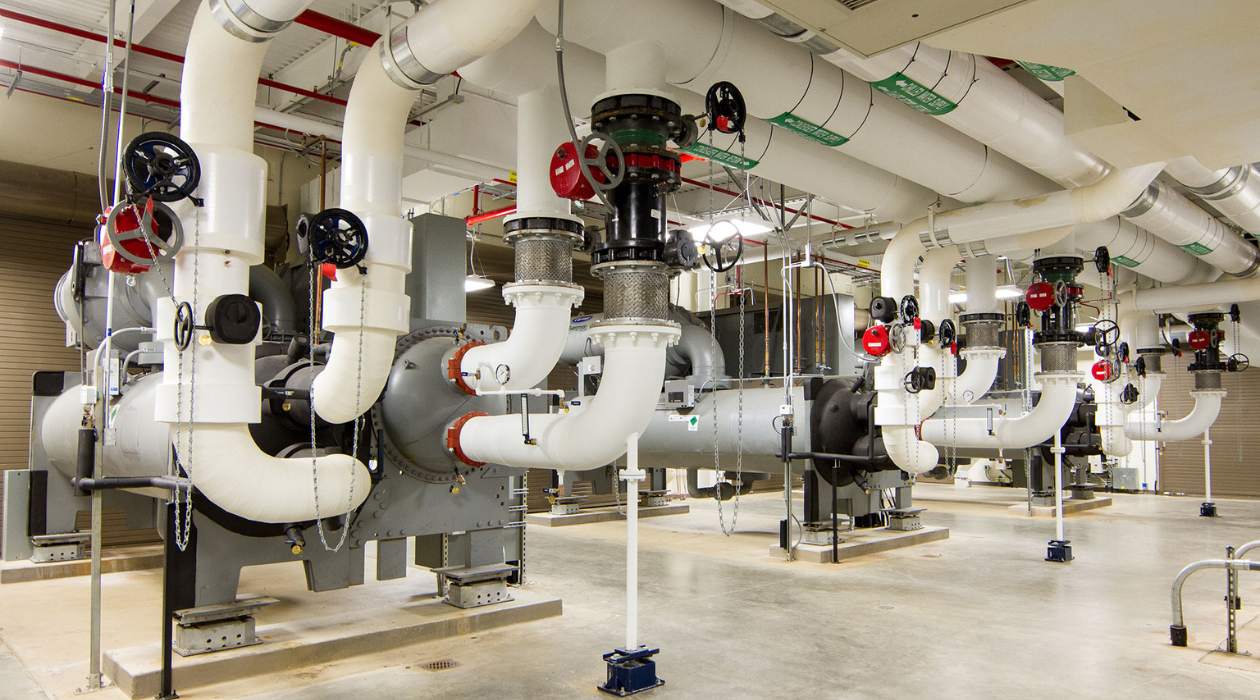
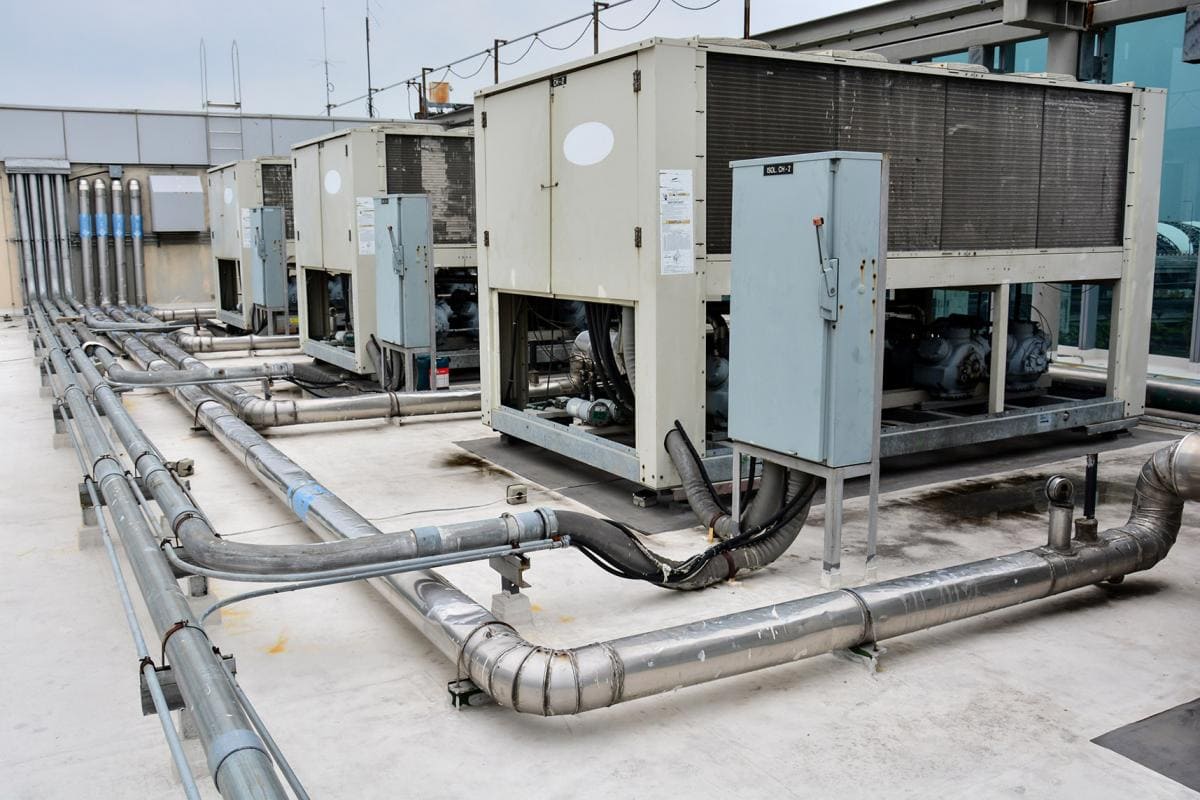
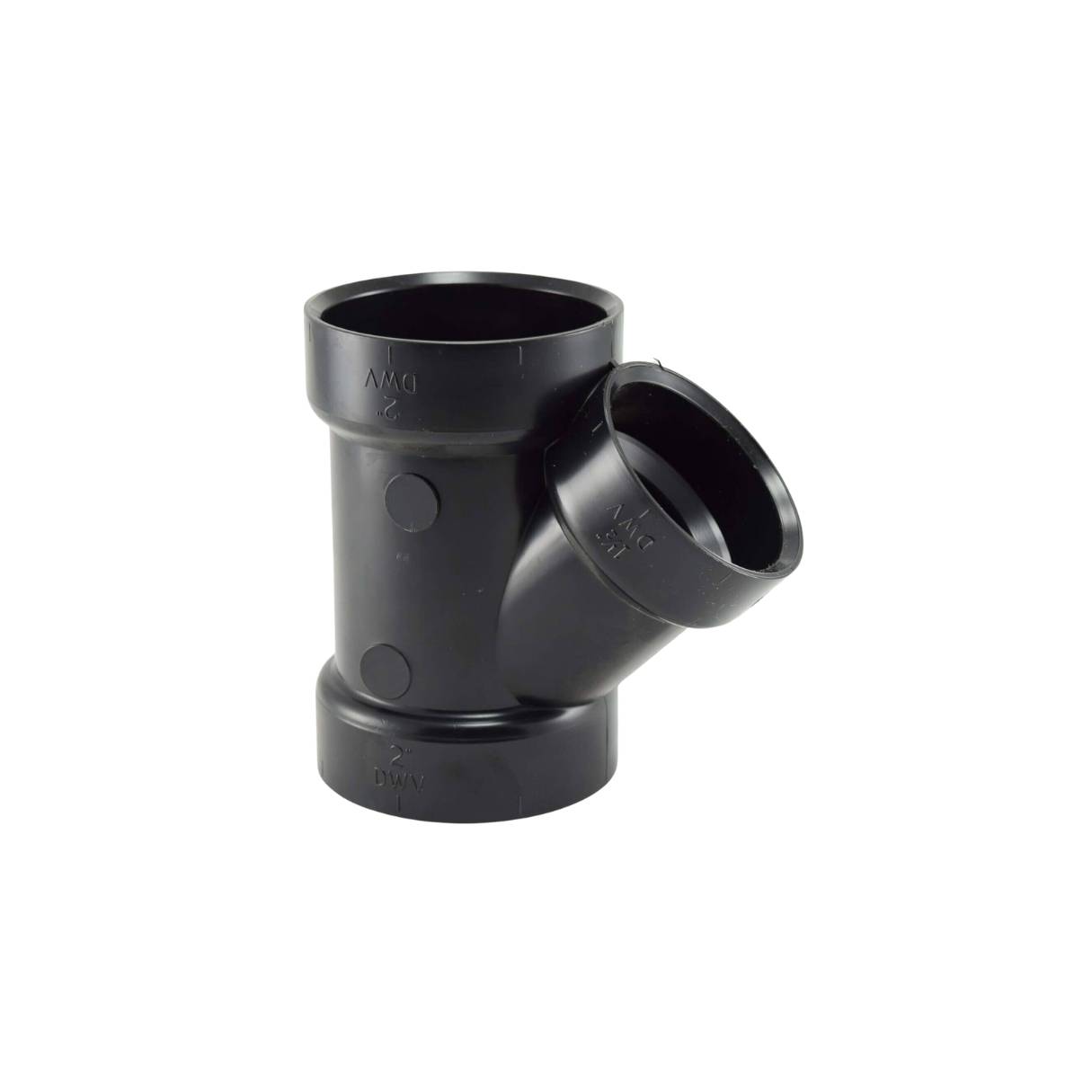
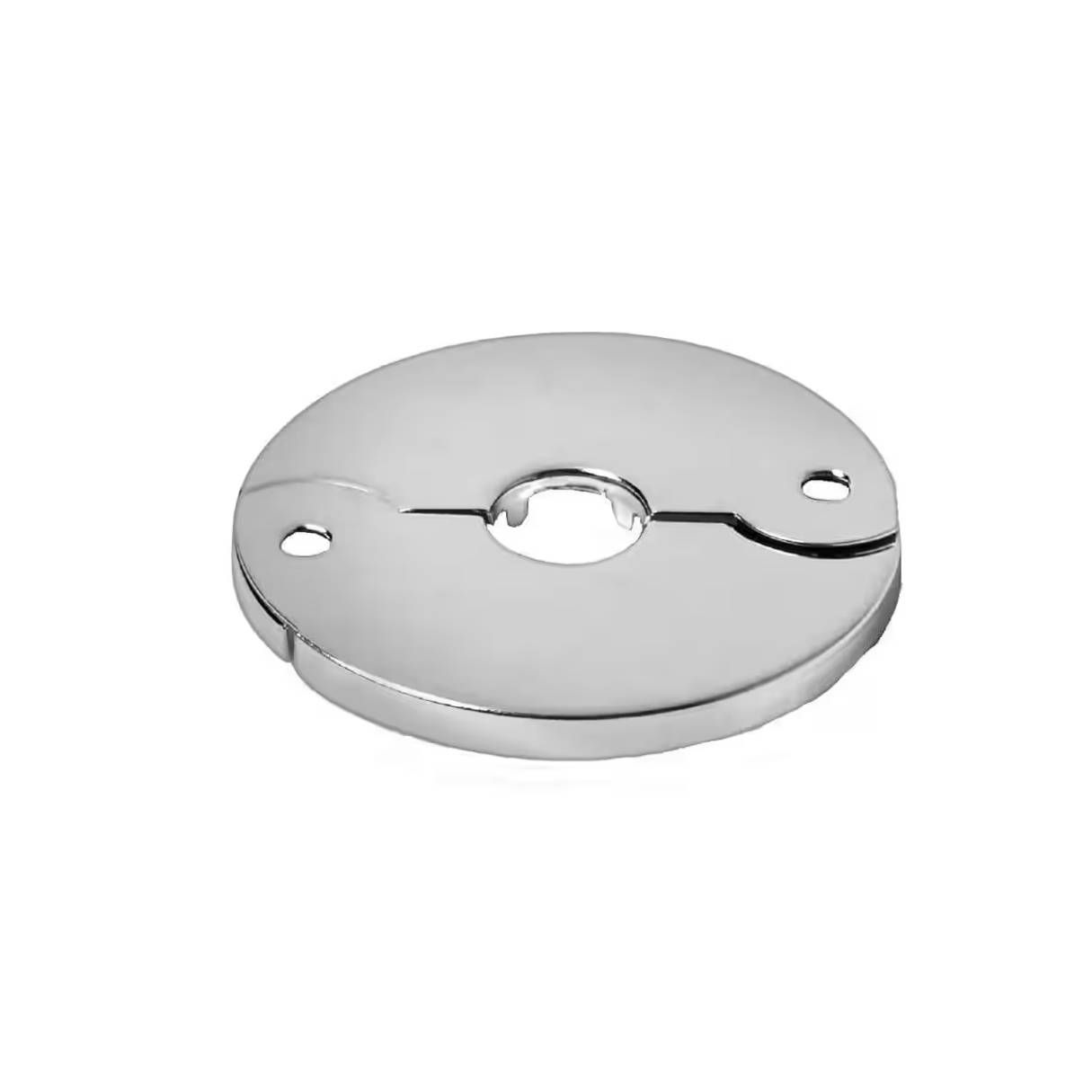
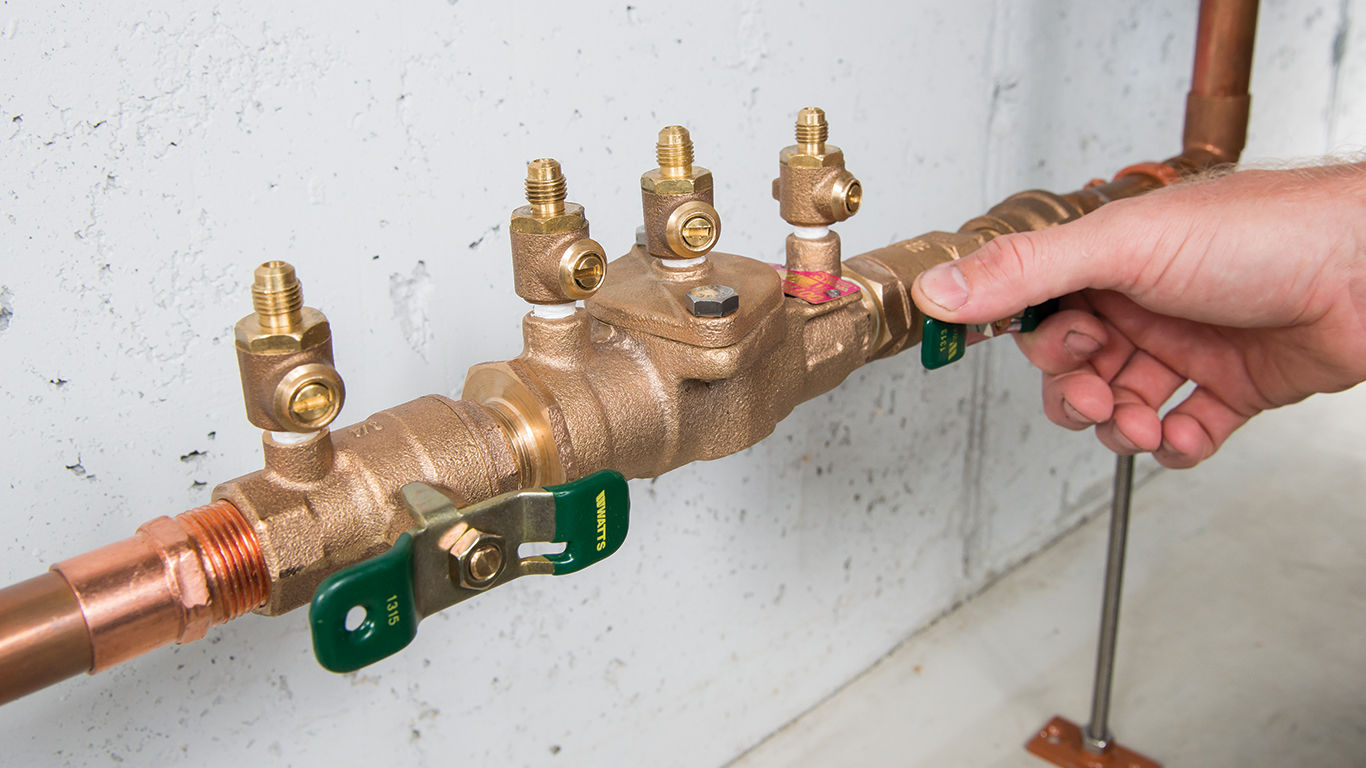

0 thoughts on “What Is Kitec Plumbing”